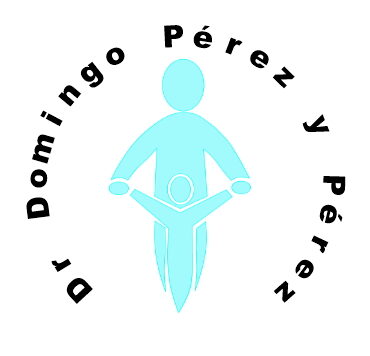Reporting of vertebral fragility fractures: can radiologists help reduce the number of hip fractures?
Fuente
Este artículo es publicado originalmente en:
https://www.ncbi.nlm.nih.gov/pubmed/28785996
https://www.ncbi.nlm.nih.gov/pmc/articles/PMC5547187/
https://link.springer.com/article/10.1007%2Fs11657-017-0363-y
De:
Mitchell RM1, Jewell P2, Javaid MK3, McKean D4, Ostlere SJ5.
Arch Osteoporos. 2017 Dec;12(1):71. doi: 10.1007/s11657-017-0363-y. Epub 2017 Aug 7.
Todos los derechos reservados para:
Abstract
Patients with osteoporotic vertebral fractures are at increased risk of hip fracture. In a cohort of hip fracture patients, many had previous imaging studies showing incidental vertebral fractures. Fifty-four percent of fractures were not reported by the radiologist, highlighting a missed opportunity for diagnosing and treating osteoporosis, thereby preventing further fractures.
PURPOSE:
Patients with osteoporotic vertebral fragility fractures (VFFs) are at increased risk of future fractures, including hip fractures. Treating osteoporosis in these patients has the potential to reduce the risk of subsequent hip fractures, which are associated with high morbidity, mortality and cost. In this retrospective cohort study, we investigated the reporting and follow-up of VFFs evident on imaging by radiologists at the John Radcliffe Hospital, Oxford.
CONCLUSIONS:
Our study highlights the under-reporting of osteoporotic vertebral fractures, particularly by non-musculoskeletal radiologists. Better systems for reporting and referring osteoporotic VFFs are necessary to increase the number of patients receiving appropriate osteoporosis treatment.
KEYWORDS:
Bone protection; Hip fracture; Osteoporosis; Vertebral fragility fracture
Resumen
Los pacientes con fracturas vertebrales osteoporóticas tienen un mayor riesgo de fractura de cadera. En una cohorte de pacientes con fractura de cadera, muchos tenían estudios previos de imágenes que mostraban fracturas vertebrales incidentales. El radiólogo no informó el cincuenta y cuatro por ciento de las fracturas, destacando una oportunidad perdida para diagnosticar y tratar la osteoporosis, evitando así futuras fracturas.
PROPÓSITO:
Los pacientes con fracturas vertebrales de fragilidad osteoporótica (FVP) tienen un mayor riesgo de fracturas futuras, incluidas las fracturas de cadera. El tratamiento de la osteoporosis en estos pacientes tiene el potencial de reducir el riesgo de fracturas de cadera posteriores, que se asocian con una alta morbilidad, mortalidad y costo. En este estudio de cohortes retrospectivo, investigamos la notificación y el seguimiento de las FV evidentes en las imágenes por los radiólogos en el Hospital John Radcliffe de Oxford.
CONCLUSIONES:
Nuestro estudio resalta el subregistro de fracturas vertebrales osteoporóticas, particularmente por radiólogos no musculoesqueléticos. Se necesitan mejores sistemas para informar y derivar VFF osteoporóticas para aumentar el número de pacientes que reciben un tratamiento adecuado para la osteoporosis.
PALABRAS CLAVE:
Protección ósea; Fractura de cadera; Osteoporosis; Fractura de fragilidad vertebral
- PMID: 28785996 PMCID: PMC5547187 DOI: 10.1007/s11657-017-0363-y
- [Indexed for MEDLINE]

